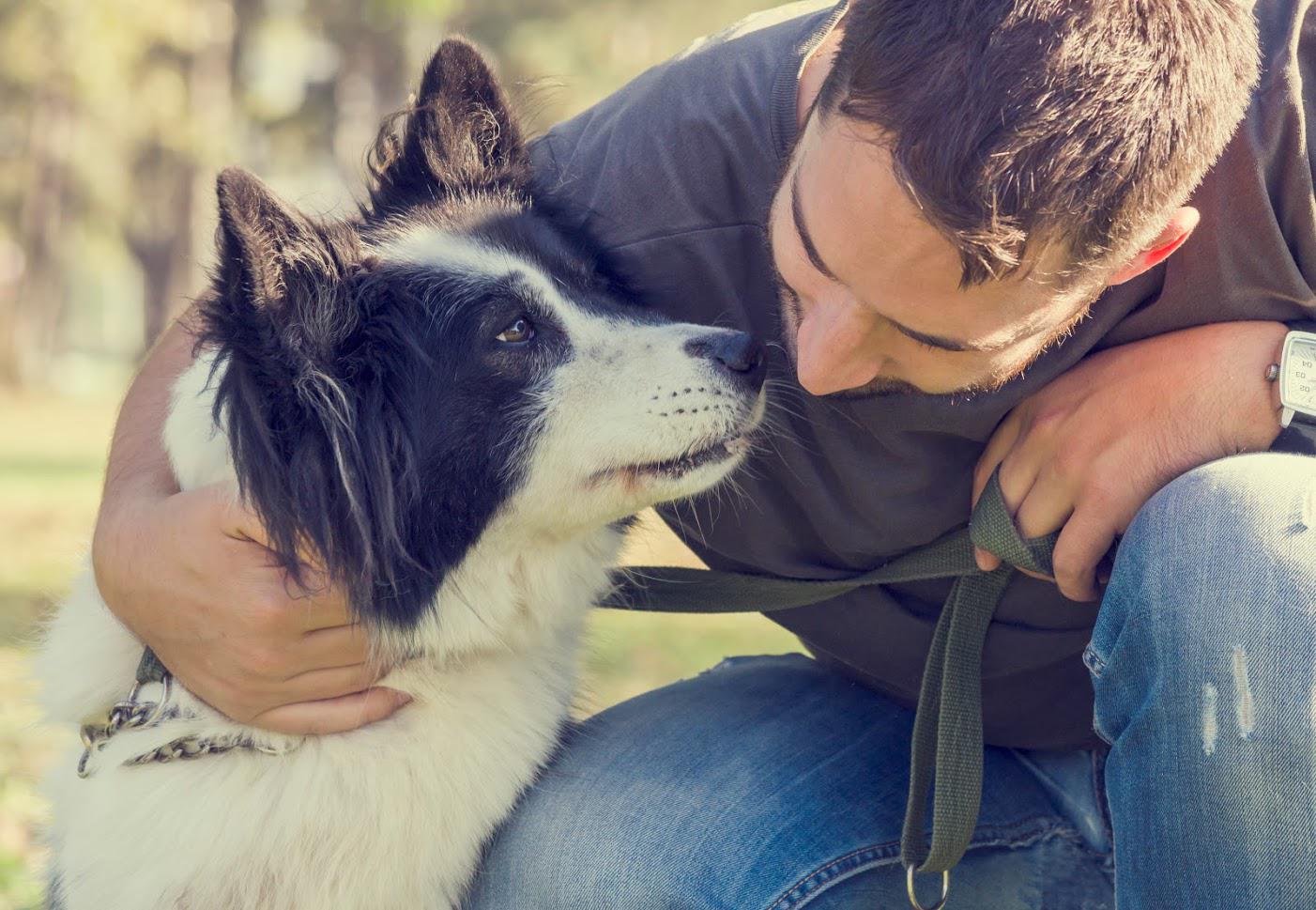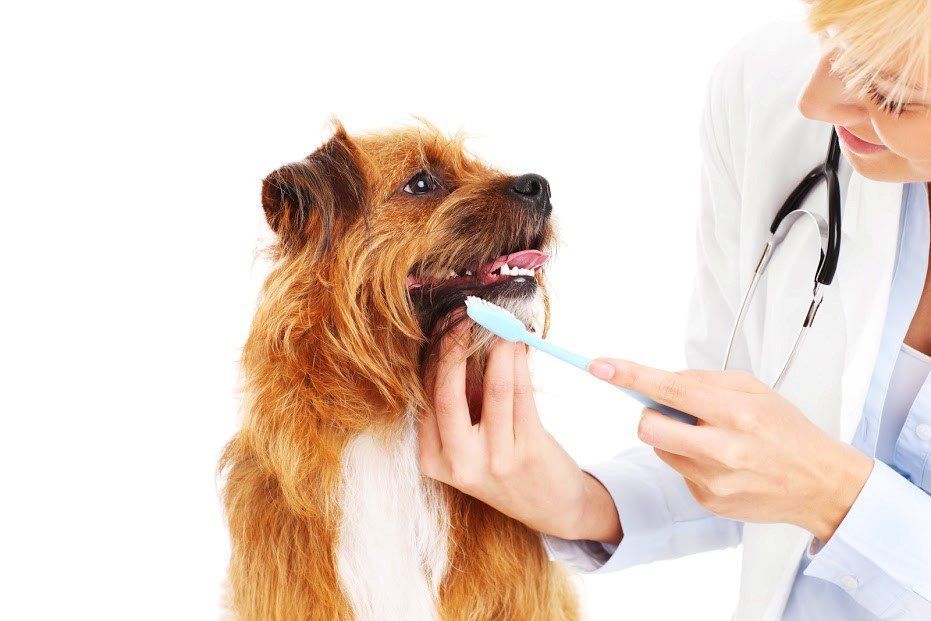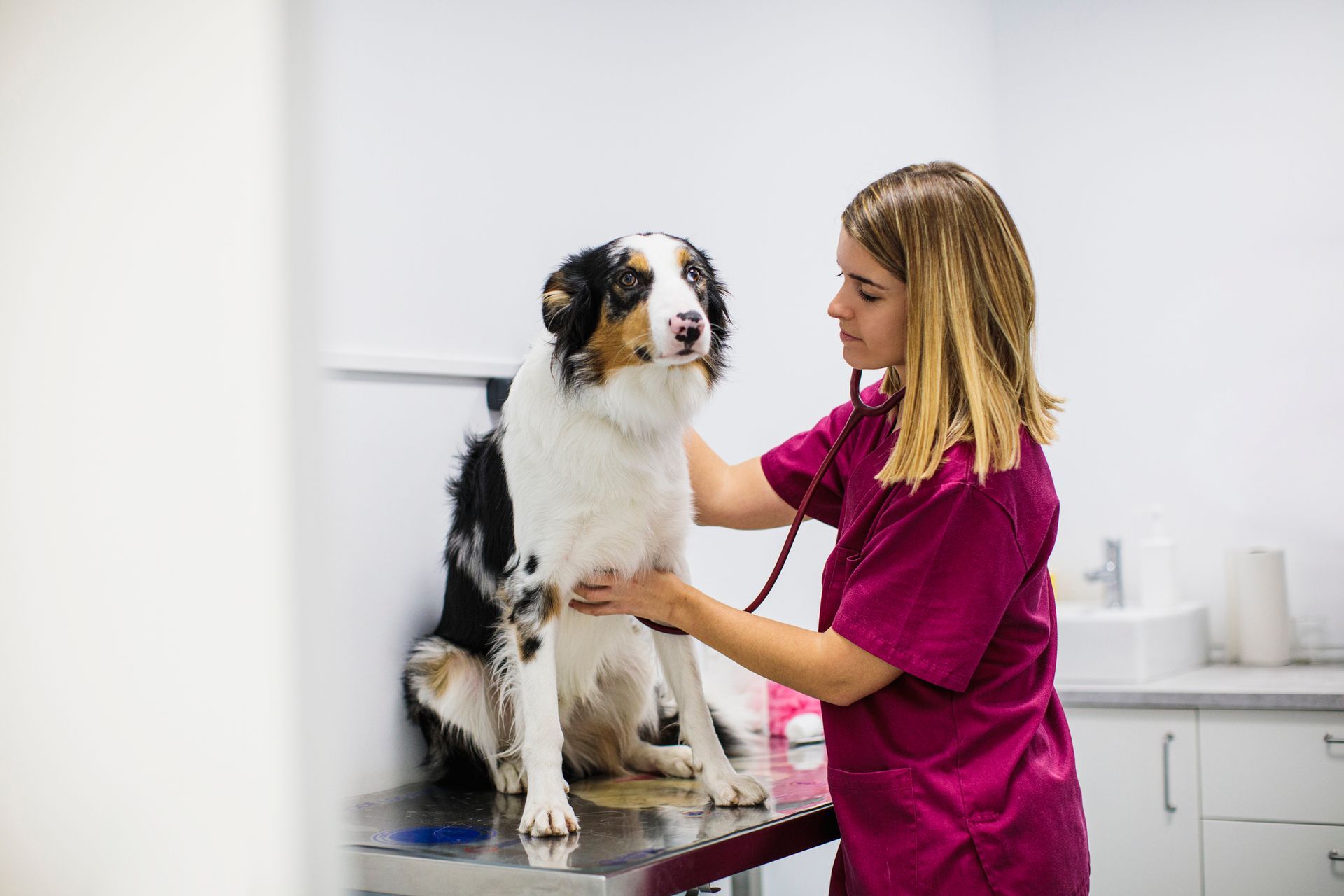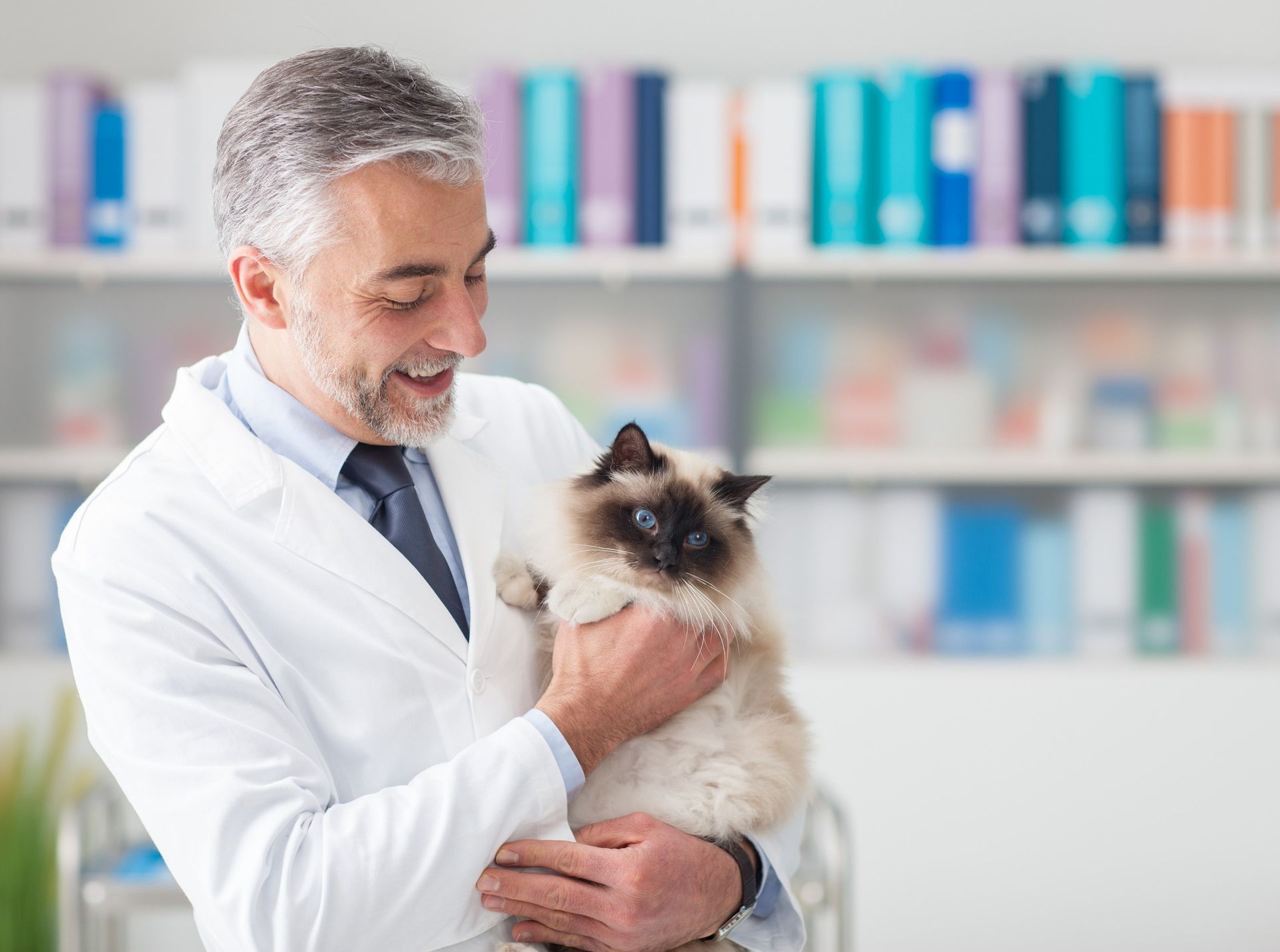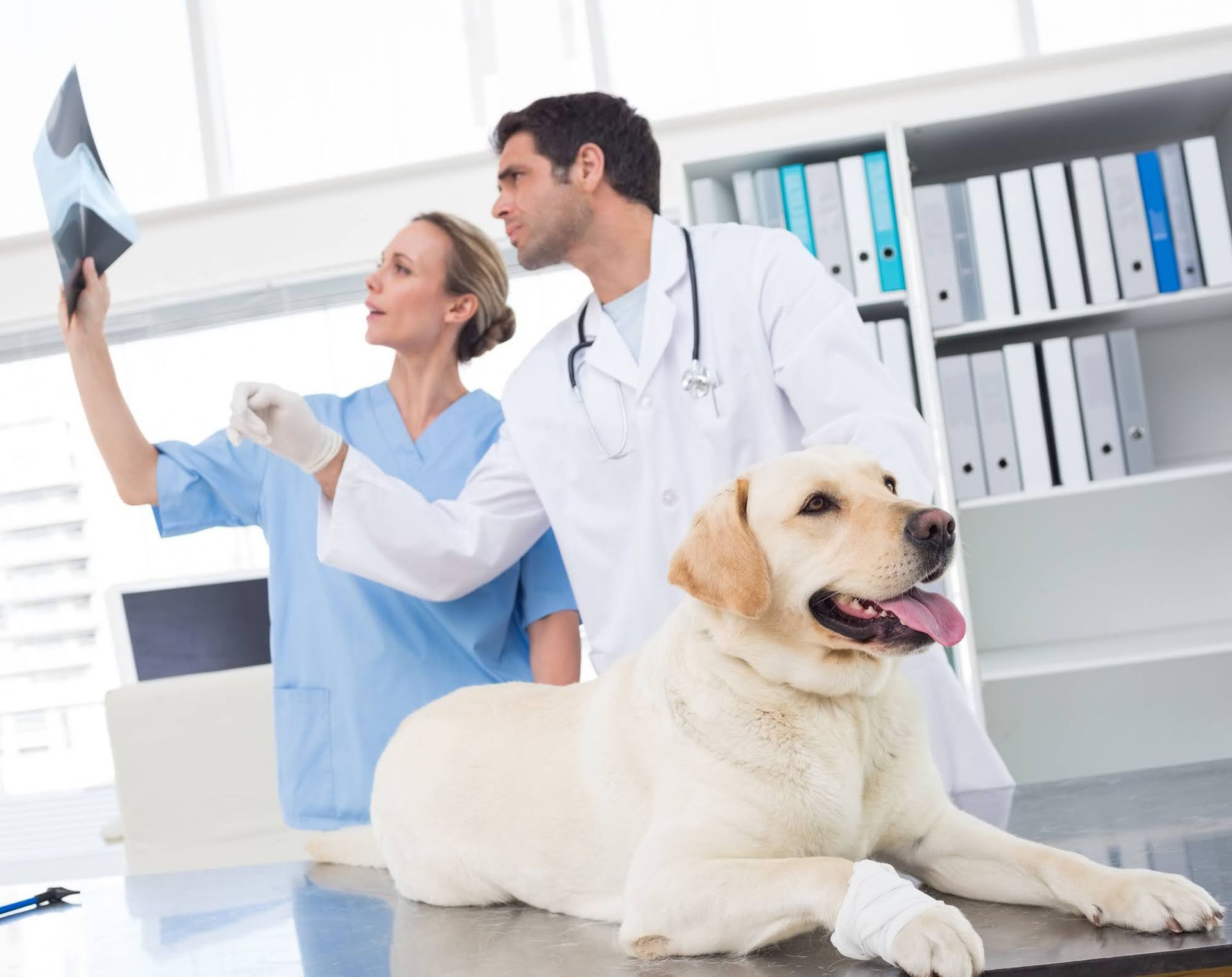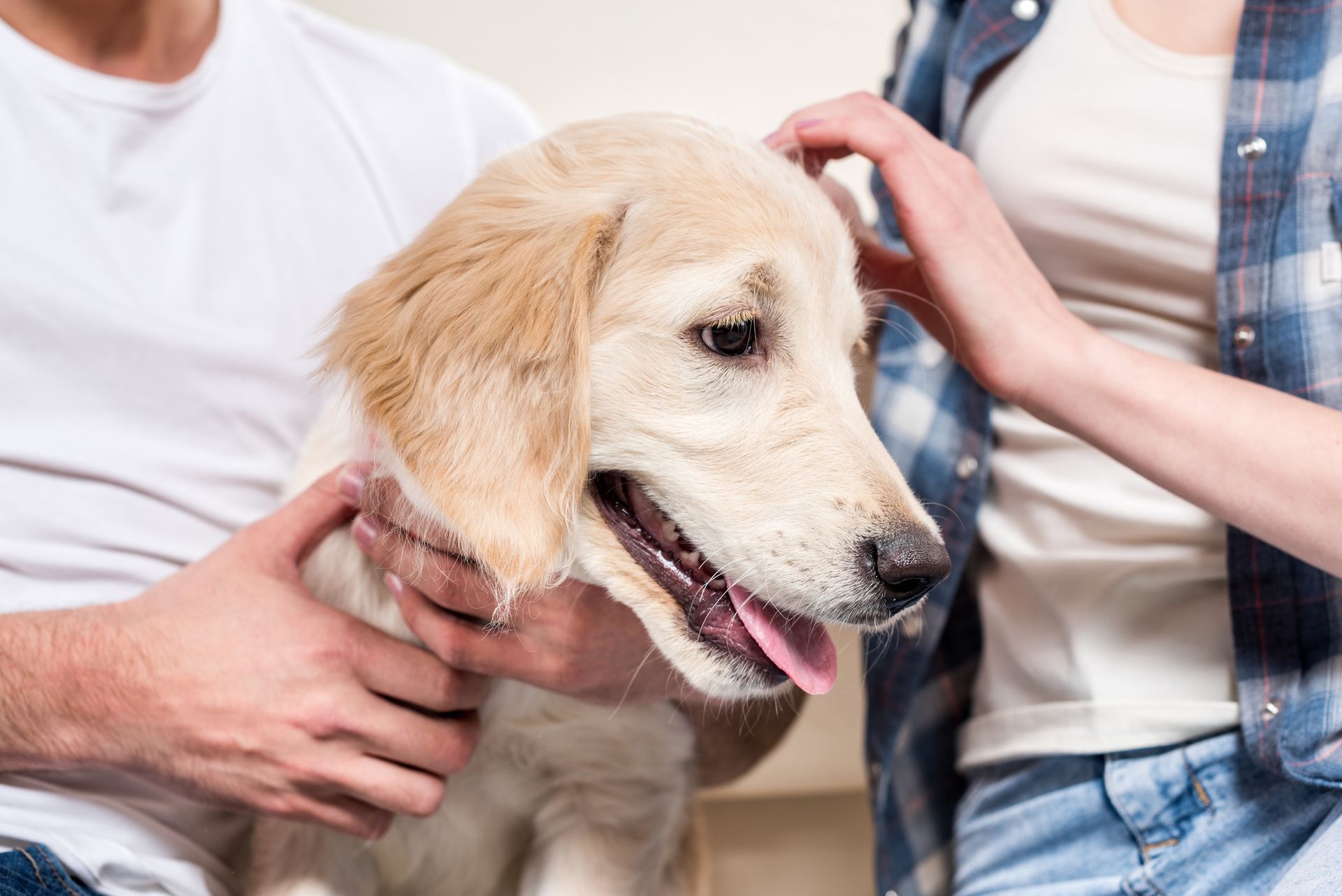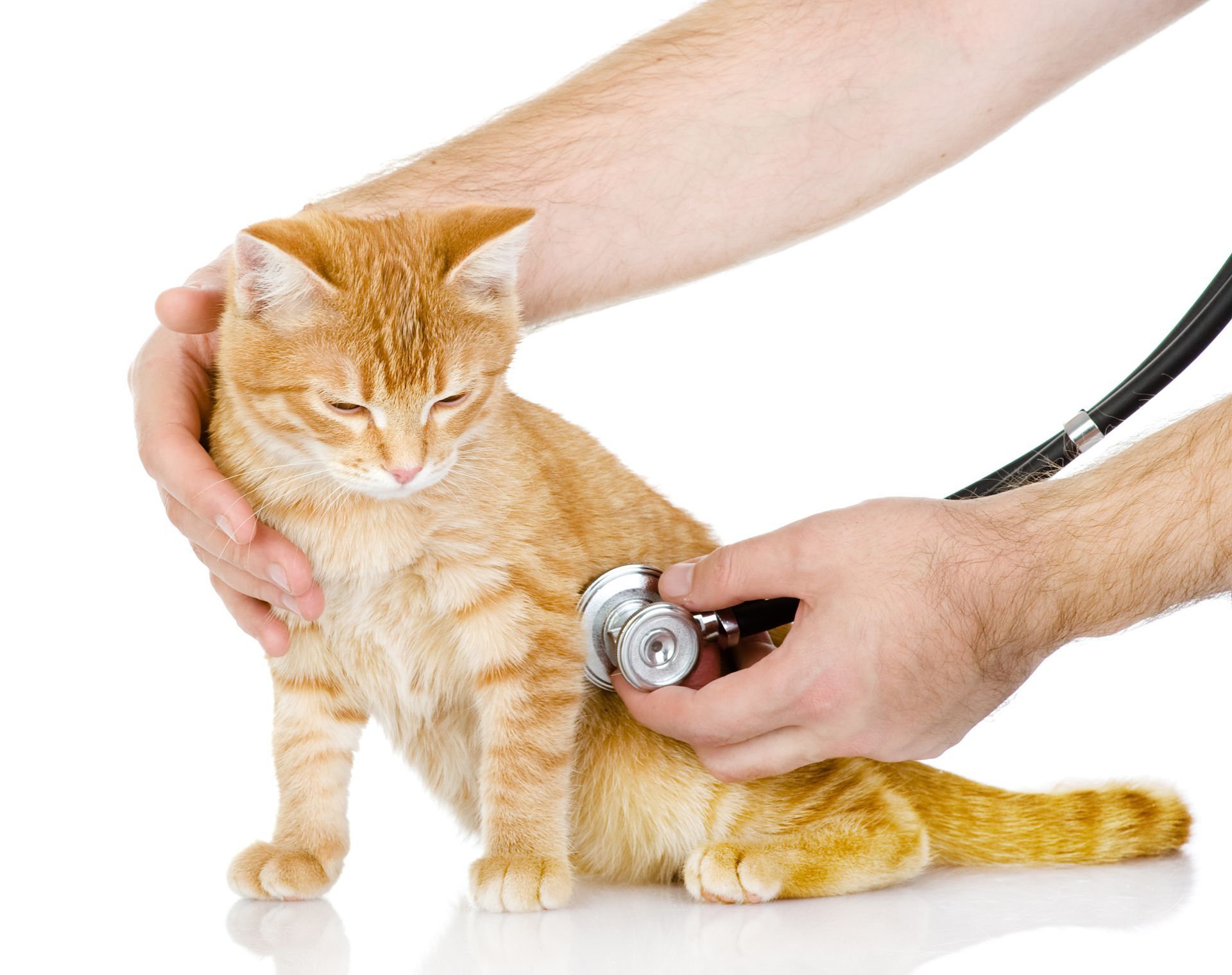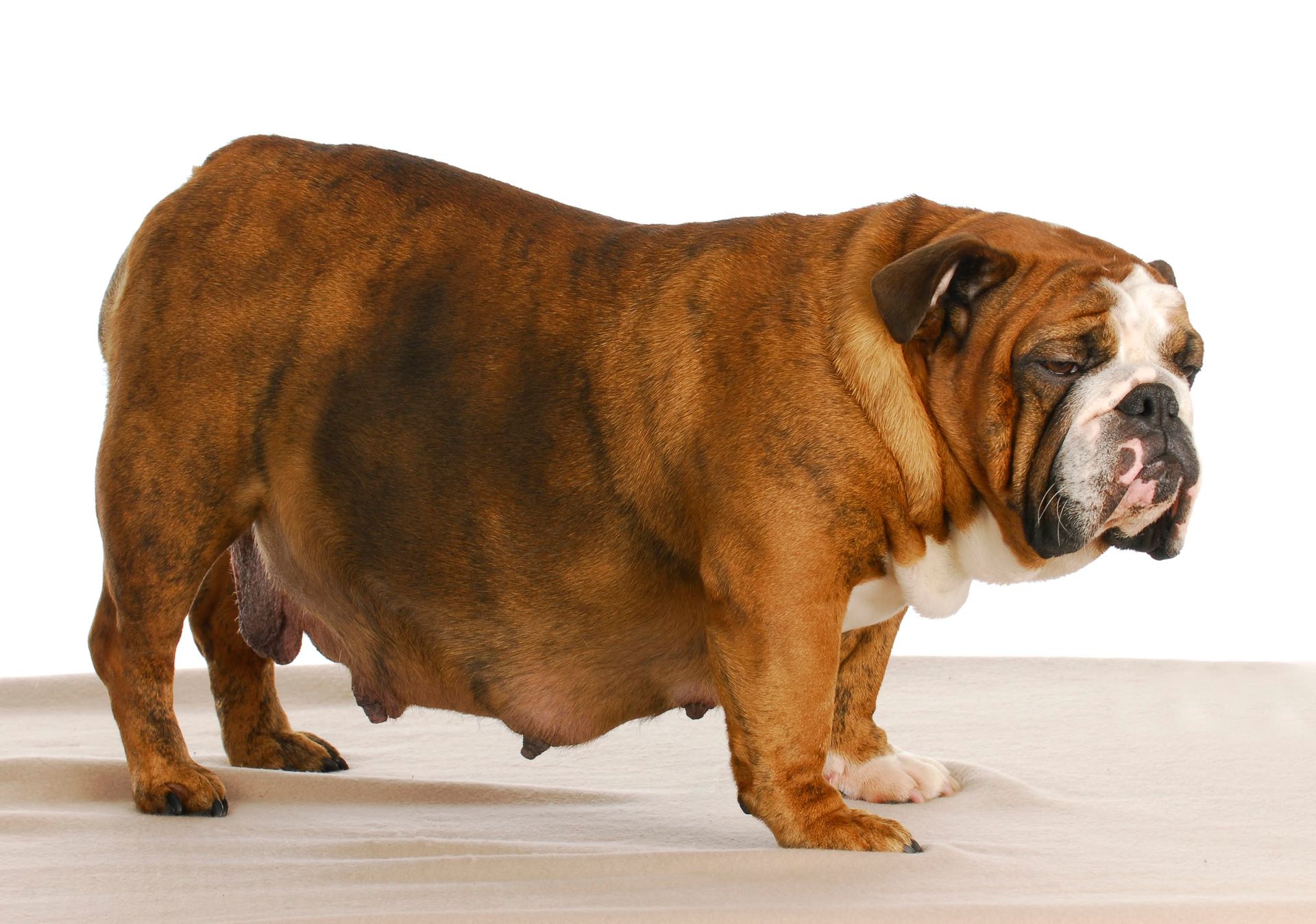8 Signs Your Dog May Have Dental Pain
Since our canine companions are not able to verbally communicate with us when they have issues with their health, when a health issue arises, we must rely on behavioral changes and external evidence. And while it can be relatively easy to see that a dog has leg or knee problems, you may struggle to spot oral health issues. However, in the same way that dental problems can be quite painful in humans, dogs experience the same pain without us realizing it.
Because canine oral health can be unnoticed by pet owners, here are eight indications that your dog has oral health issues that your veterinarian should address.
1. Refuses to Eat or Changes Eating Habits
Many dogs love to eat, even if they are not hungry. But when dogs experience pain while eating, they may eat much less or stop eating entirely. If your dog suddenly refuses to eat or seems disinterested, this can indicate a dental problem.
2. Develops Bad Breath
If your dog suddenly has bad breath, it could indicate an infection caused by an abscessed tooth or other gum infection. Bad breath occurs as a result of bacteria collection at the site of the infection. If you notice that your dog has bad breath, visit your veterinarian as soon as possible because bacteria can spread to the dog's bloodstream and cause more serious health issues.
3. Has Gums That Bleed Easily
If you notice bloodstains on your dog's chew toys or around their feeding area, it could indicate that your dog has a gum infection or periodontal disease.
However, keep in mind that occasional bleeding with chew toys could be caused by misdirected biting or slipping and may be no cause for alarm.
4. Has Gums That Are Red and Swollen
If your dog's gums turn dark red and swollen, they may have an infection that could lead to gingivitis or periodontitis. Swollen gums are a generic indicator that something is wrong with your dog's dental health. This symptom may lead to other areas of the face swelling if not attended to.
5. Drools More Than Normal
Depending on the breed and the sensitivity of your dog to pain, some drooling is normal. However, constant drooling is a primary indicator of pain in dogs. If you notice your dog drooling too much, call your veterinarian for a checkup.
6. Exhibits Strange, New Behaviors
As a dog owner, you know your pet's behavior better than others would. When your dog starts doing things you have never seen before, take a closer look to see if they may be in pain.
Dogs experiencing dental pain will show such strange behaviors as:
- Crying while yawning
- Sneezing more often
- Scratching their ears
- Swatting at their face
- Licking their nose often
7. Seems Depressed or Has No Energy
Some dogs will isolate themselves, hide, or seem disinterested in their favorite play activities if they are in pain. While in pain, dogs may become more irritable and choose to sleep more than usual to escape the pain.
8. Has Teeth That Are Discolored
Just as it happens in humans, excess tartar can cause the teeth to become yellowed or light brown. If the buildup of tartar is not taken care of, it can cause more serious dental problems in the future, like gingivitis and periodontitis.
Regular veterinary checkups can help prevent the frequency of dental issues, and most veterinarians recommend that you have your dog's teeth cleaned annually. If you notice any of the indicators here or suspect your dog may have dental issues, contact us at Angel Pet Hospital so we can address all the concerns you have.

